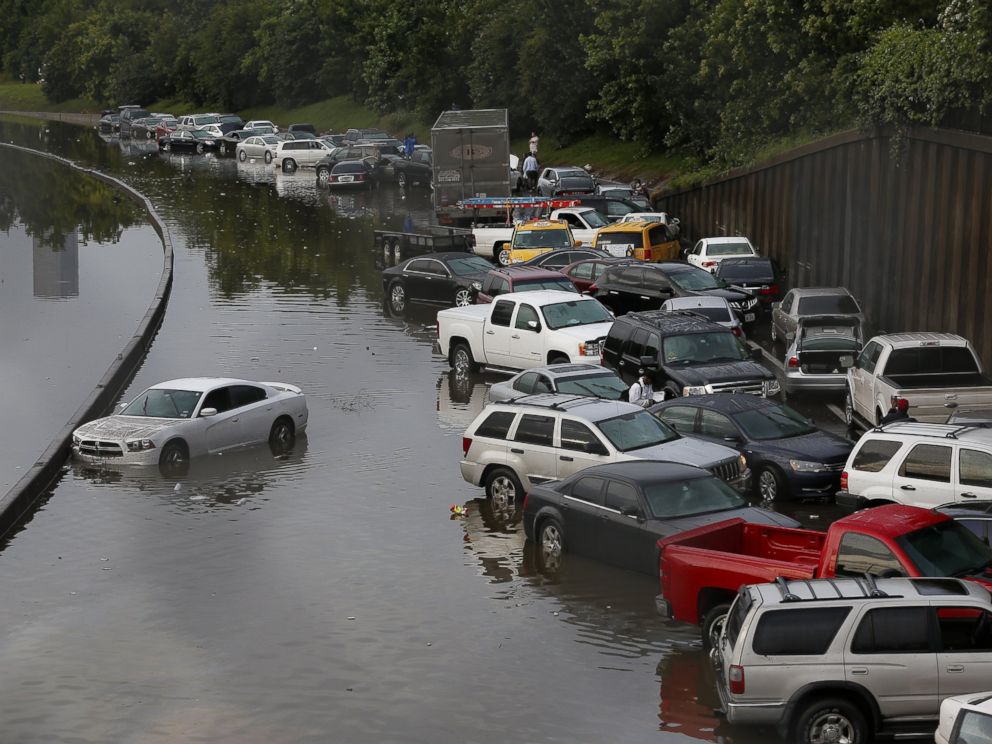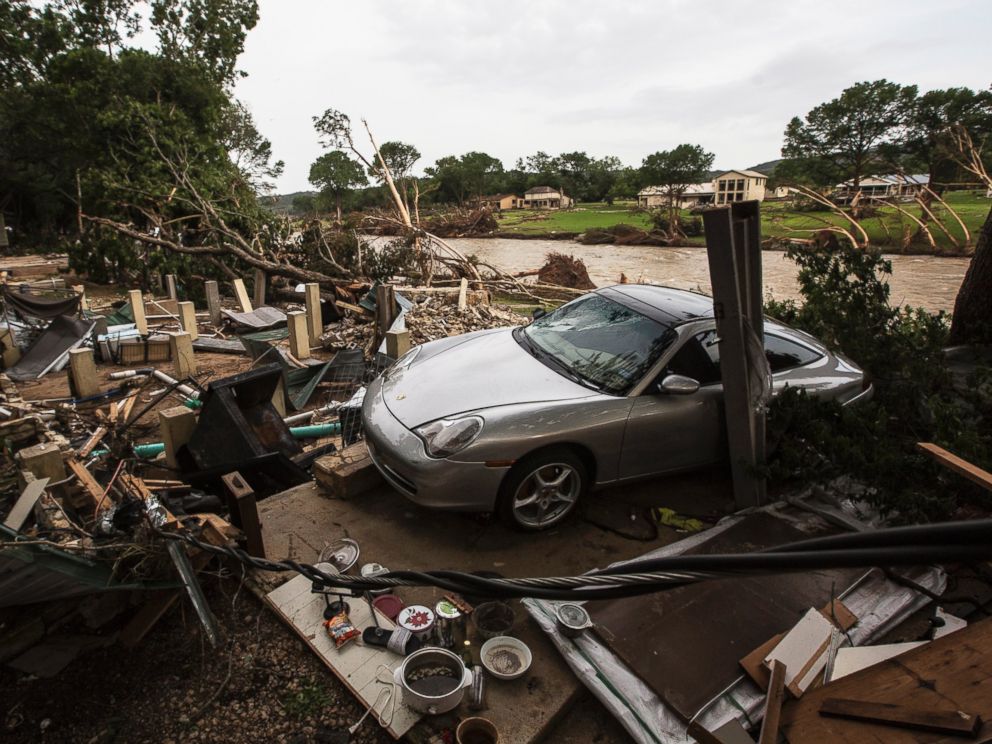While cities along its rivers are growing the most
dramatically, the state continues to forego any and all central planning for
floods. This thanks to the cheapskate GOP politicians. They got what they paid for (or did not pay in this case).
Houston is buckling down as a major storm sweeps east in
Texas. Between Austin and San Antonio, that system has led to the worst
flooding in more than 30 years. Aerial footage captured
by a drone shows the bucolic waters of Barton Creek in downtown Austin
rushing like a raging river.
Central Texas hasn’t suffered a storm this severe since the Memorial Day
Flood of 1981, when severe storms in Austin claimed 13 lives and caused
tens of millions of dollars in property damage. That year, Shoal Creek surged
from a flow of 90 gallons per minute to more than 6 million gallons per
minute—one of many rivers that flooded dramatically, as the Austin
American-Statesman recalls.
In the three decades since, Texas has done little to secure
its floodplains against torrential downpours. At the same time, the population
in many of Texas floodplains has skyrocketed—including Hays County, a stretch
of fast-growing cities between Austin and San Antonio, where 12 people are still
missing after the storm.
Texas ranks among the worst of any state for flood-control
spending. According to the Texas
section of the American Society of Civil Engineers, the state is second
only to Louisiana the U.S. in terms of dollars paid out in flood claims.
The
state does not require communities to enroll in the National Flood
Insurance Program (a part of FEMA), even though Texas ranks second only to
Florida in its number of total flood insurance policies across its communities.
Wherever possible, the state leaves it to individual cities
and counties to protect themselves against flooding. Texas require cities and
counties to meet the eligibility requirements for NFIP, but it does not require
cities to enroll, as some states do. (Many
Texas cities and counties are enrolled in the program.) More to the point,
though: Texas doesn’t fund flood-control infrastructure directly. And Texas
doesn’t have a statewide floodplain management plan.
Three Texas agencies are responsible for flood mitigation
across the state: The Governor’s Division of Emergency Management, the Texas
Commission on Environmental Quality, and the Texas Water Development Board. But
none of these has true authority to devise or implement flood-control policies
for the state’s 23 river basins, according
to the Texas ASCE.
These oversights led the ASCE to give Texas a “D” on flood
control on its latest
infrastructure report card. That grade will only drop if Texas continues to
forego any and all central planning for natural disasters while the state’s
population booms—especially since cities along rivers prone to flooding are growing the
most dramatically.
A
failing grade for flood control and prevention is worse
than embarrassing for Texas. It’s dangerous, expensive, and fatal, as is
evidenced by the 17 people already dead and the dozens missing.
http://www.citylab.com
///------------------------------///
Flash Floods Leave Apocalyptic Scenes Across Texas
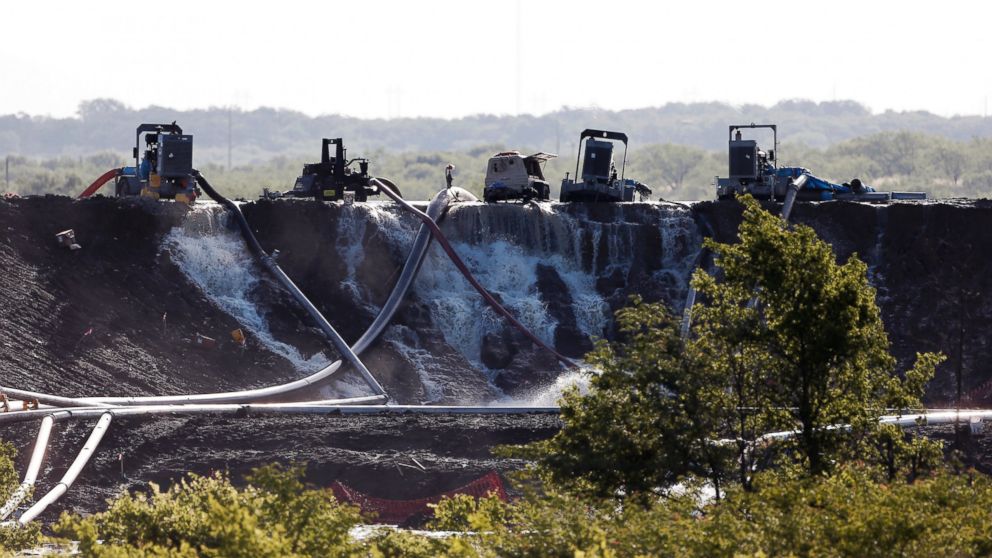
A flash flood
warning was issued for parts of six counties in Texas that include
Houston, and parts of the city remain underwater after a weekend of
torrential rain.
The warning was issued by the National Weather Service at 6:14 a.m. local time and was expected to last for three hours.
City officials have confirmed today that another body was discovered
this morning near his vehicle after water pumps were brought in to drain
a portion of a highway. This death marks the sixth storm-related death
in Houston since last week. The statewide death toll blamed on the
weather has now reached 16 people.
More rain is the last thing the region needs. In addition to the flash
flood threat from rain, a dam southwest of Dallas appears on the brink
of breaking. If the water runs over the top of the dam at Padera Lake,
one of the state's major highways could be flooded, the Associated Press
reported.
Photos from the most-affected areas show muddy, brown water filling the
streets, with the tops of cars visible in some of the most-flooded
roadways.
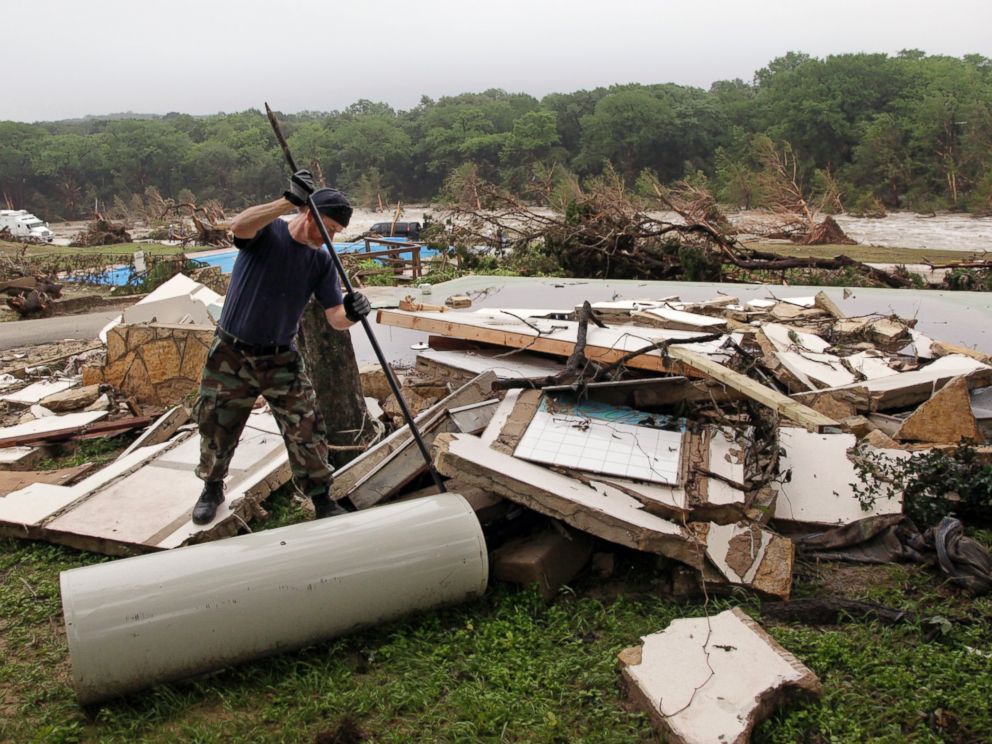
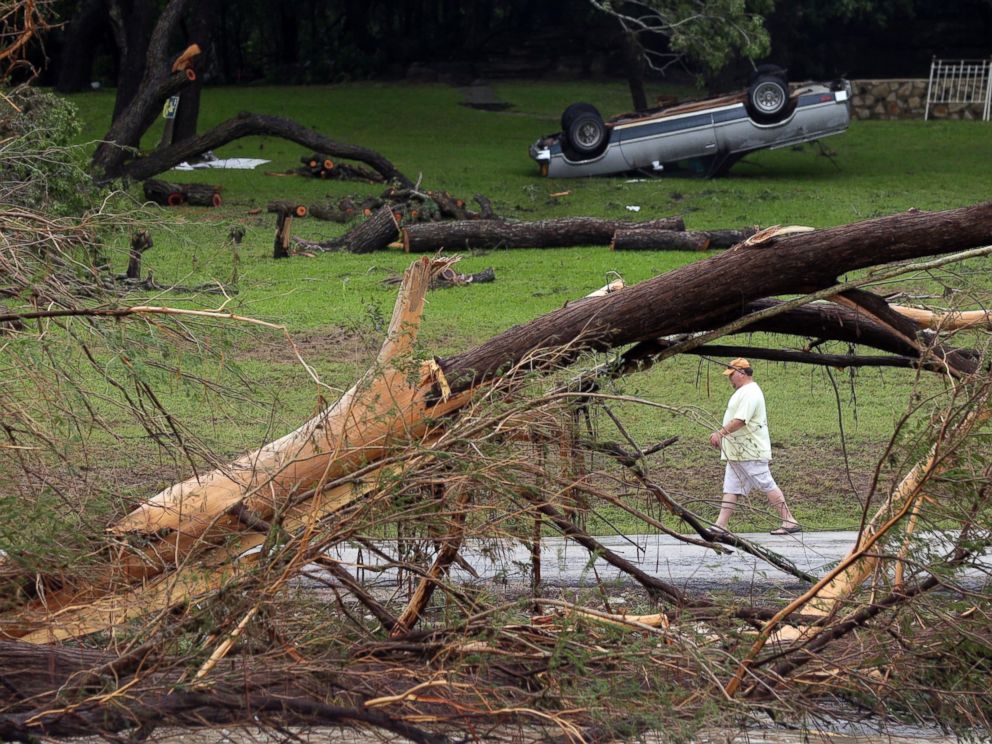
Drivers stuck in rainwater accounted for at least two of the three
deaths that Houston Mayor Annise Parker confirmed on Tuesday following a
rain storm Monday night into Tuesday morning. She did not identify the
victims but said one person was found inside their vehicle and another
was outside and appeared to have suffered a heart attack while trying to push a car out of the flooding.
High water closes exit 78A of I-45 in Montgomery County. Drive safe out there. @abc13houston #HouNews #mapit pic.twitter.com/f3IipdaYHC
— Steve Campion (@SteveABC13) May 27, 2015
One of the grimmest discoveries came on Tuesday morning when a biker found a casket on a roadway in southwest Houston.
Walter Rubio told ABC News affiliate KTRK that he saw the casket just laying in the middle of a street, and police opened it and found a dead body inside.
Investigators believe the casket was unearthed from a nearby cemetery
during the flooding and determined that it was used to bury a woman who
died in 2007. Police have not yet identified the body inside the casket.
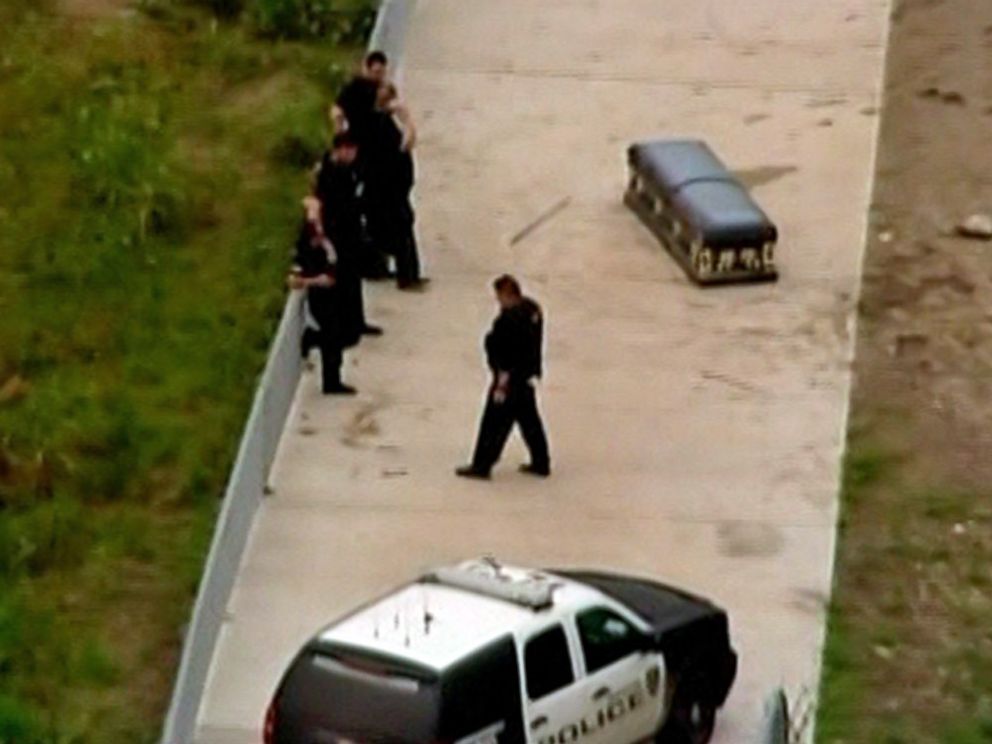
Officials have urged residents to avoid touching any objects in the water and to report debris that they find.
Today's rain has already led to partial closures of I-45 because of flooding.
On Tuesday, Texas Gov. Greg Abbott added eight counties to the list of 13 that he had already declared disaster areas.
